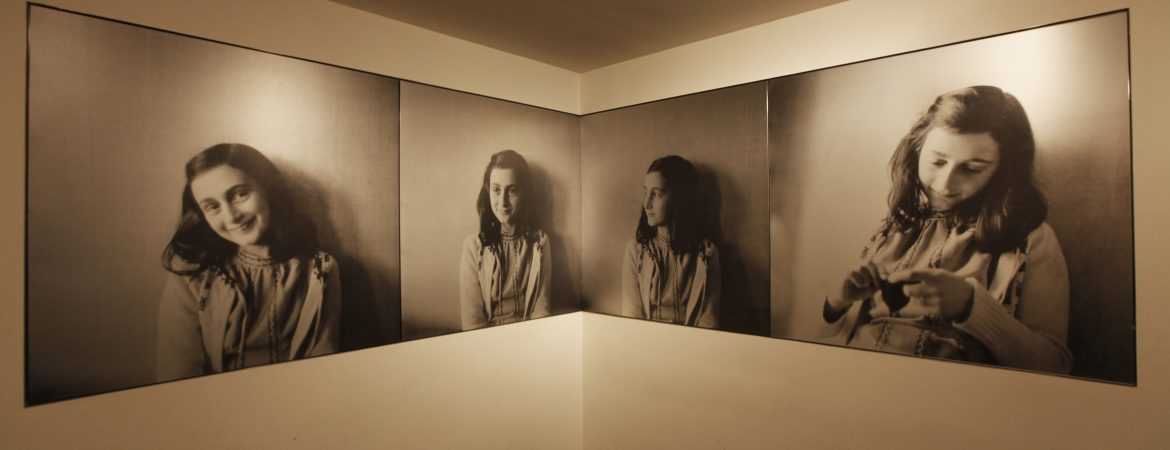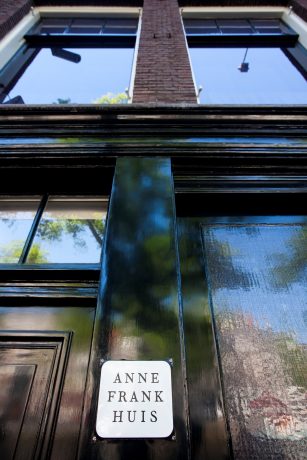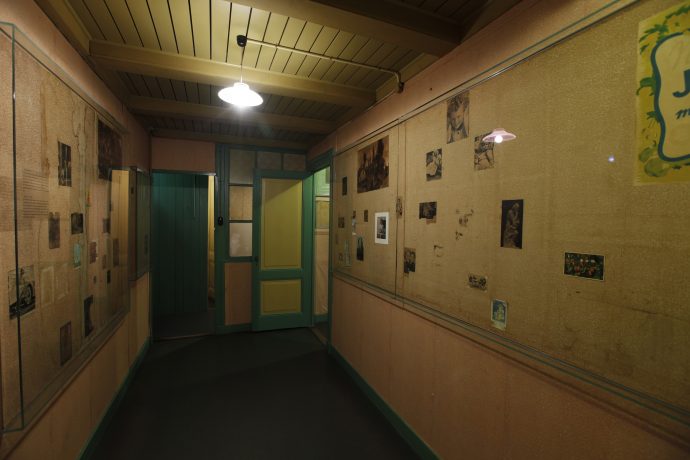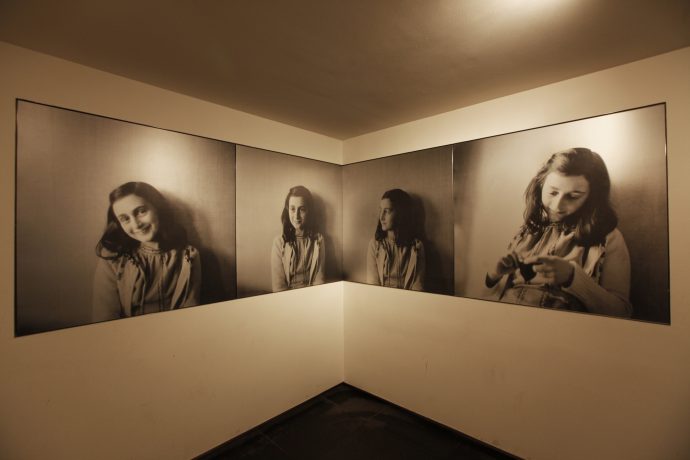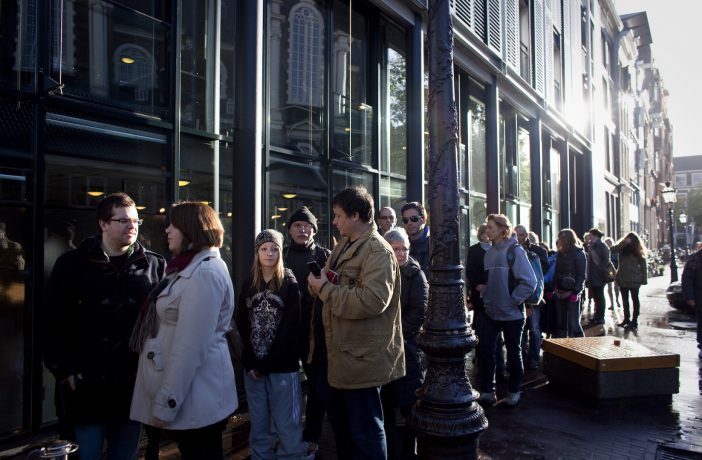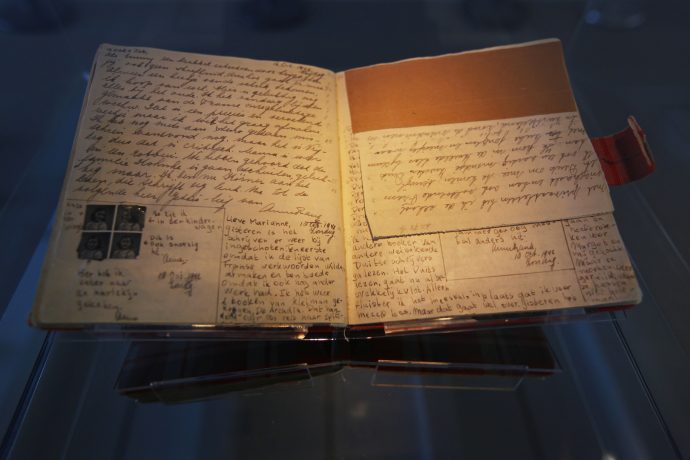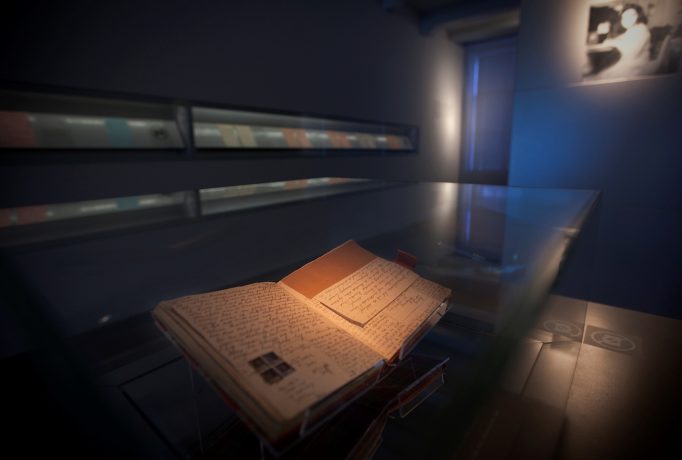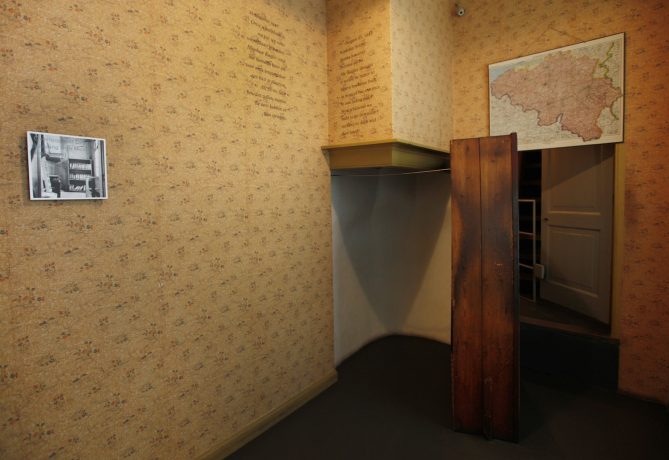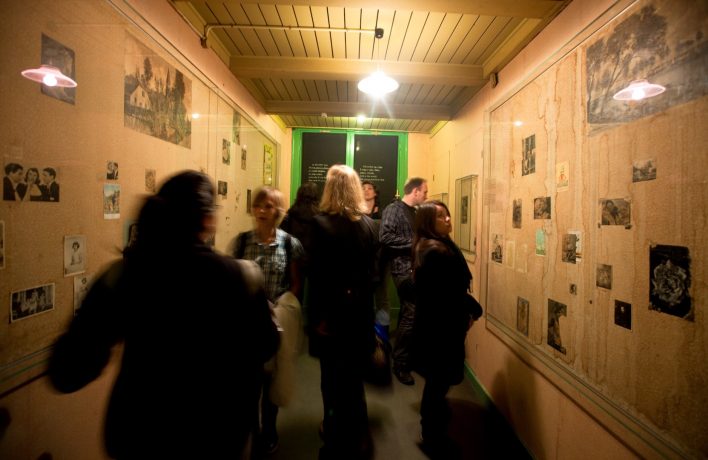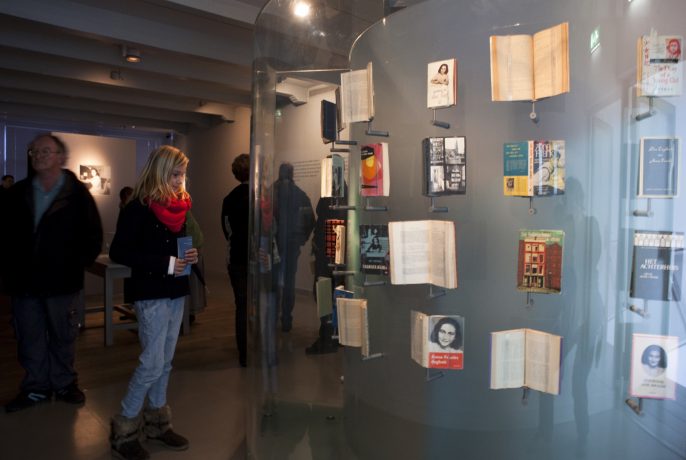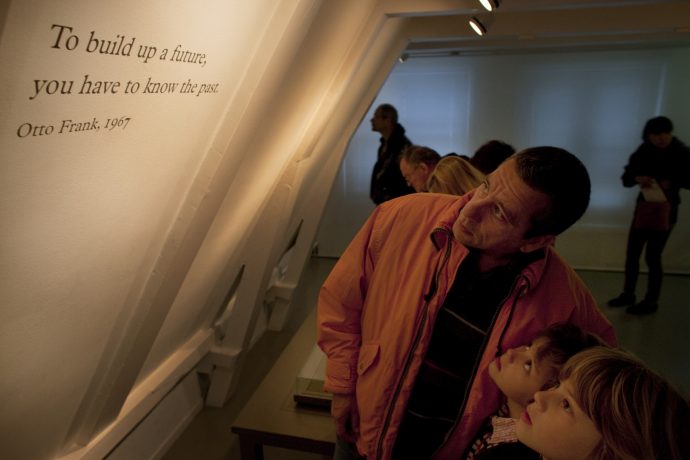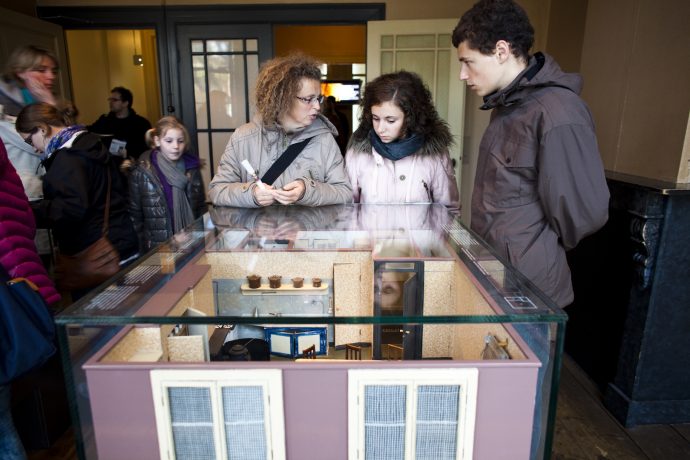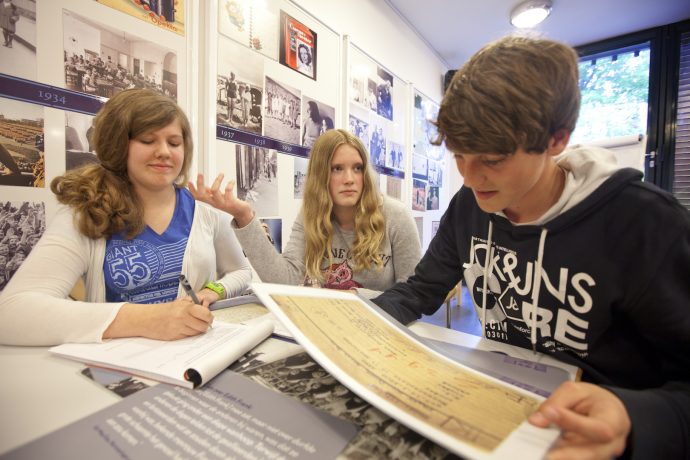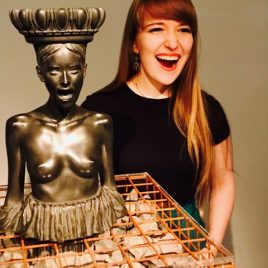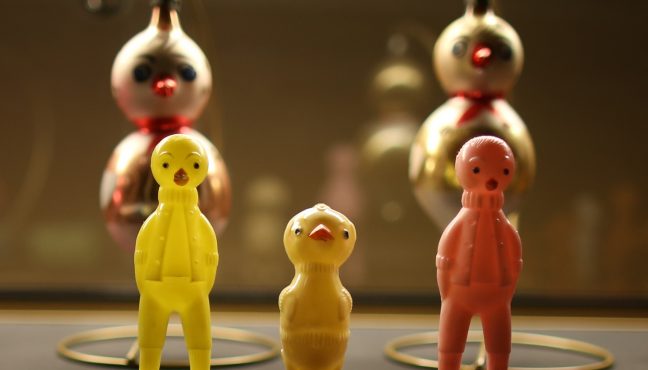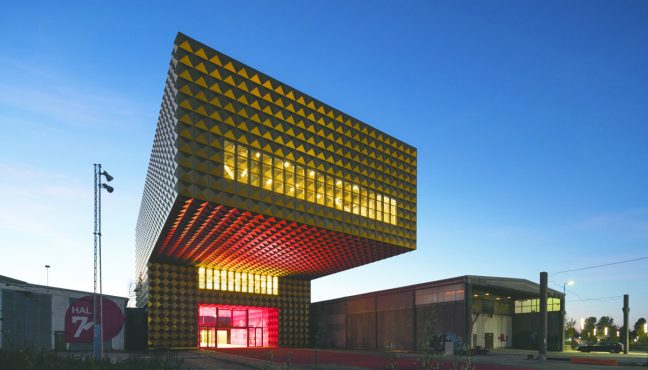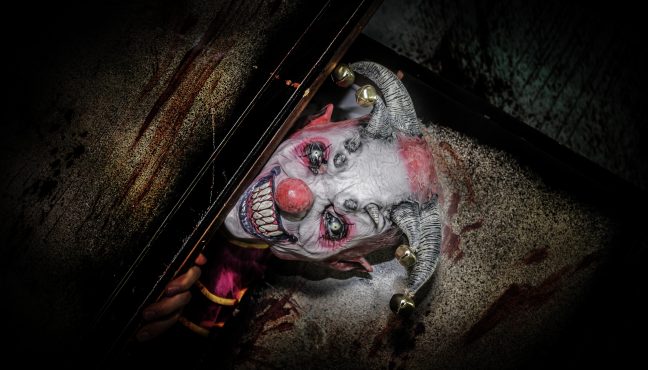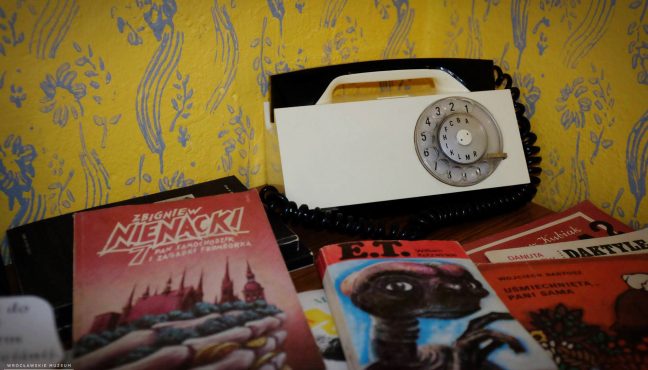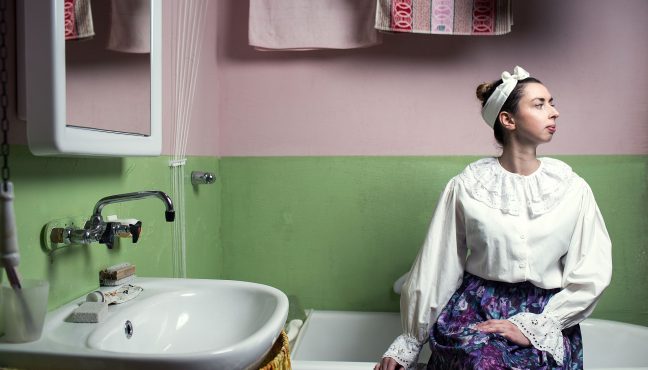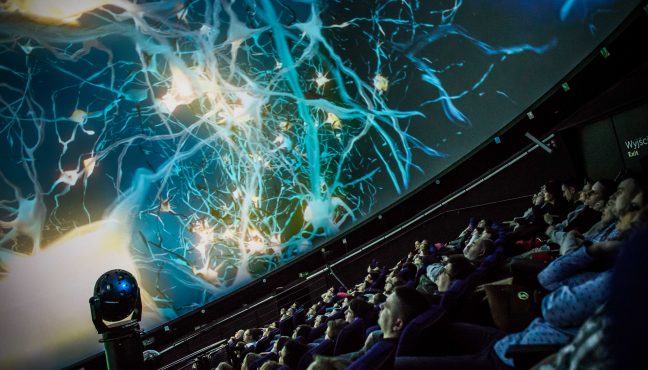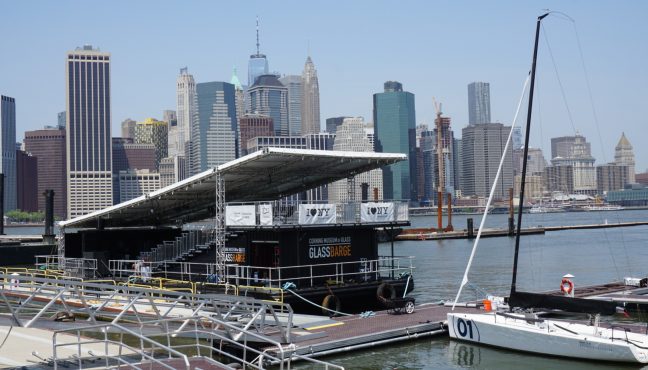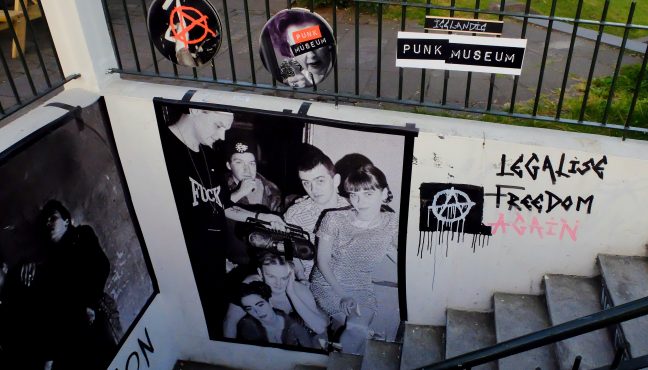In the evening it is easy to find Anne Frank House in the Netherlands’ capital Amsterdam – just look for the longest line! Or better buy an online ticket (on the official website www.annefrank.org) that will reserve you a particular timeslot from 9 AM to 3:30 PM so you can get in without an hour wait. A beautiful house in the center of the city where Anne Frank went into hiding and where she wrote her diary, now one of the world's most widely known books: The Diary of a Young Girl. It documents her life in hiding during Nazi persecution in time of the World War II. Anne Frank and her relatives perished in concentrations camps, but mercifully her father Otto Frank survived the Holocaust to tell Anne’s story to the world. - See more at: http://museeum.net/article/220/anne-frank-museum-amsterdam-the-netherlands.html#sthash.AeKDAyom.dpuf
The museum, opened in 1960, continues Otto Frank’s lifework and keeps the word of Anne Frank relevant to us in the XXI century. The house is the place where Anne, her sister Margot and her parents Edith and Otto went into hiding exactly 74 years ago – July 6, 1942. It shows original artifacts such as the bookcase hiding the entrance to the Secret Annex, the pictures in Anne’s room, and her diaries. It has a permanent exhibition on the life and times of Anne Frank and spaces with yearly changing temporary exhibitions. The museum small in size, but not in meaning does a great job outreaching to school kids, their parents and anyone, who is interested in Anne Frank all over the world. We talked to Anne Frank House Spokesperson Annemarie Bekker, about the museum’s program in Amsterdam and around the world:
The museum offers unique insight into the life of everyone in the Secret Annex, but the space is confined, how do you resolve this issue?
We provide educational programs to primary and secondary schools, telling the story of Anne Frank against the background of the Holocaust and the Second World War, in combination with or before their visit to the museum and answer all the questions pupils have.
The museum works in more than 50 countries including South Africa, Sri Lanka and Australia! What can you see when visiting the museum’s travelling project?
The story of Anne Frank appeals to people worldwide. The international travelling exhibition “Anne Frank – a history for today” is shown in more than 300 venues around the world every year. With extra display panels specially made for the locations, the exhibition also deals with local history and contemporary social issues.
The Anne Frank House trains young people to guide their peers around the exhibition. The guides learn about the content and background of the exhibition, how they can most effectively put across the information, and how they can address current social developments. This form of “peer education” leads to a deep involvement of young people when they visit the exhibition.
How do you get the word about Anne Frank House out?
In March 2016 we held the symposium “Icons and Anne Frank” and plan to make it a yearly event. We organize summer colleges for teachers, youth workers, and policemen about themes like holocaust education, prejudice & stereotyping and radicalization and de-radicalization. We have a research department who does research on Anne Frank, the other people in hiding and the helpers in connection with the Nazi occupation. The museum participates in city activities, for example the yearly “museum night” when all museums in Amsterdam open their doors from 7 pm till 2 am.
Anne Frank House is one of the most impressive museums not only due to the theme, but also thanks to the extensive museum educational programs. MuSEEum was happy to hear that the museum will undergo renovation in 2017-2018 and we’ll bring you all the latest information at the end of the year!
